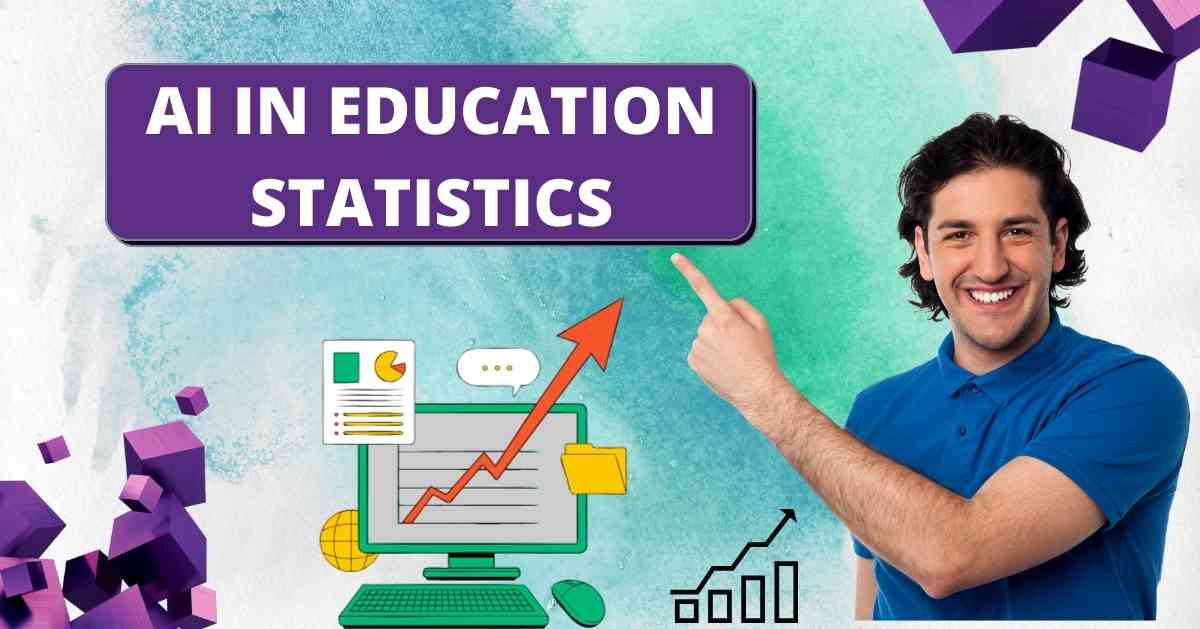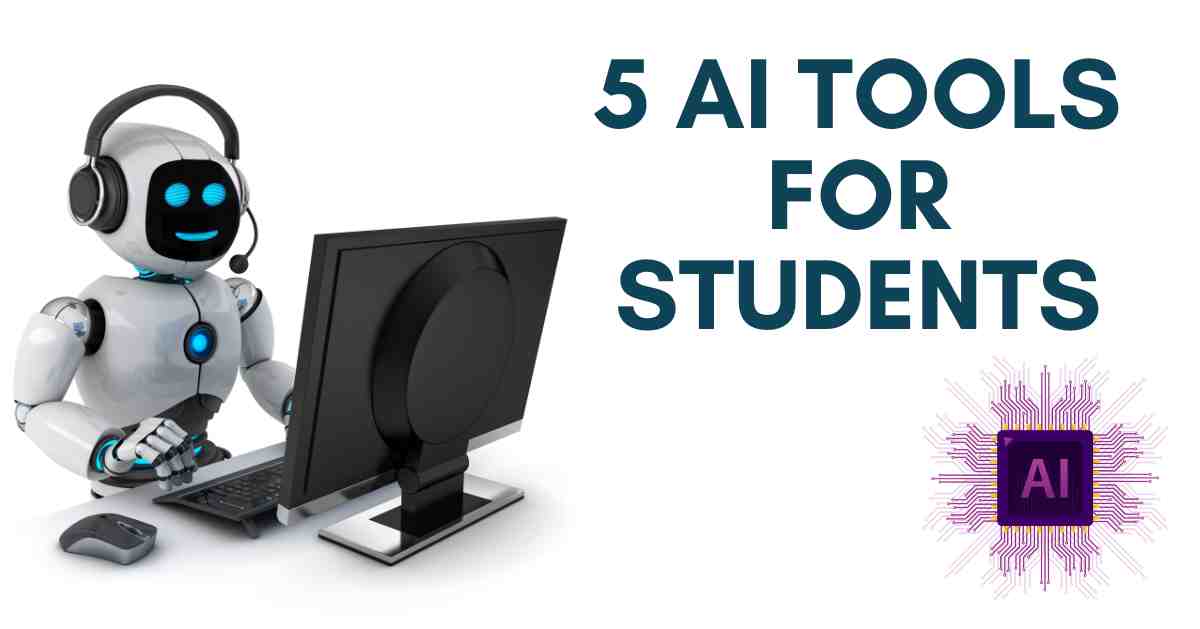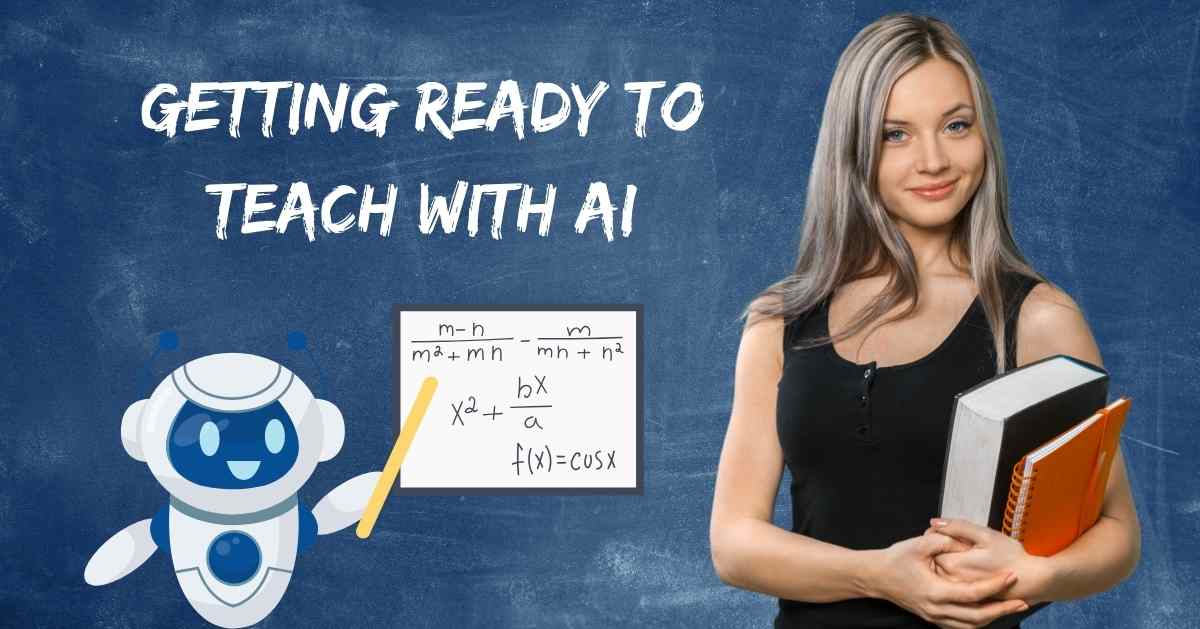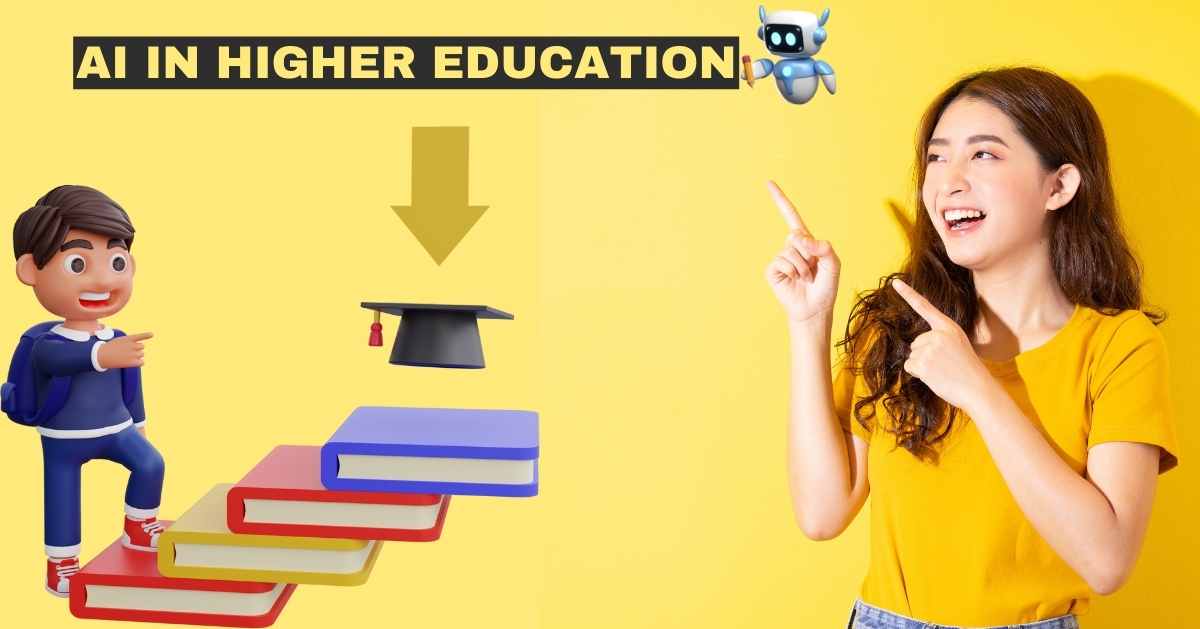AI in Education: Essential Statistics and Everything You Need to Know

Artificial Intelligence (AI) is transforming education, offering personalized learning experiences, automating administrative tasks, and enhancing student engagement. Key statistics highlight the rapid integration and impact of AI in this sector. The use of ai used in education is expected to reach a valuation of $20 billion by 2027, growing at an annual rate of 45%. Approximately 47% of learning management tools now incorporate AI capabilities 60% of educational institutions are using AI-powered solutions to boost student success. These statistics underscore the profound influence of AI, shaping a more efficient, effective, and customized educational landscape.
Most Shocking AI in Education Statistics
AI has rapidly become a major part of education. Here are some surprising statistics:
- 43% of US college students use AI tools like ChatGPT for studying.
- 90% of these students say ChatGPT is better than a tutor.
- Half of the teachers use AI for lesson planning.
- AI grade prediction technology helped save over 34,700 students from failing.
- The AI education market is expected to reach $20 billion by 2027.
Essential statistics about AI in education
AI is changing the landscape of education in ways including tailoring learning experiences offering feedback and assessment and creating teaching materials, for educators How widespread and crucial is AI’s role in education? What are some common trends and obstacles that AI faces within the realm? Understanding these insights and statistics can help us gauge the standing of AI in education and its influence, on the future.
- In a study, over half of high school teachers were hopeful about the advantages of AI in education.
- The study revealed that a majority of teachers believe AI can educate students on engaging with AI technology support thinking skills and aid in editing tasks.
- Nearly half of the teachers surveyed reported that their schools restrict or prohibit the use of AI in classrooms.
Fast Facts About Artificial Intelligence
Artificial Intelligence (AI) is a present-day reality embedded in many devices and systems we use daily. Here are some key facts about AI’s growth and impact:
- 77% of devices have some form of AI.
- 90% of organizations use AI to gain a competitive edge.
- AI is expected to add $15.7 trillion to the global economy by 2030.
- In 2025, AI might remove 85 million jobs and create 97 million new ones, causing a net growth of 12 million jobs.
- 63% of organizations plan to adopt AI within the next three years.
- The AI sector is projected to expand annually by a minimum of 120%.
- In 2024, the global AI market is projected to grow 33% year over year.
- 88% of non-users are unsure how generative AI will impact their lives.
- Only one-third of consumers think they use AI, while actual usage is 77%.
[Read More: Digital Transformation in Education: Key Areas and Challenges]
AI and Education
AI is becoming a significant part of education. Here’s a look at its current state and what people think about it:
- 10% of educators believe teaching AI should be a top priority in schools.
- 33% of educators think teaching AI is very important.
- Only 13% of educators feel teaching AI is not important.
- 87% of educators haven’t received any AI training.
- 54% of parents think AI could positively impact their child’s education.
- 80% of parents worry about the negative effects of AI, especially privacy and accuracy.
- Only 35% of parents have talked about AI with their kids.
- Awareness of AI is higher among adults with more education:
- Post Graduate: 53%
- College Graduate: 46%
- Some College: 28%
- High School or less: 14%
[Read More: Mother Tongue to be Primary Medium of Education in India]
AI Jobs and Markets
The AI revolution is changing how businesses work and reshaping the job market. Here are some key points:
- Common AI uses in business (Forbes):
- Customer service: 56%
- Cybersecurity and fraud management: 51%
- Digital personal assistants: 47%
- Customer relationship management: 46%
- Inventory management: 40%
- 52% of experts think automation will both eliminate and create jobs.
- AI could boost labor productivity growth by 1.5% annually over the next decade.
- AI-driven growth could exceed automation-only growth by 25%.
- The top fields adopting AI are software development, marketing, and customer service.
- AI is expected to boost employee productivity by 40%.
- 60% of business owners believe AI will increase productivity.
- 83% of companies prioritize AI in their business strategies.
- 52% of workers fear AI might replace their jobs.
- The manufacturing sector could gain $3.8 trillion from AI by 2035.
- 63% of IT and telecom organizations use AI.
- 44% of automotive organizations use AI.
Conclusion
Understanding the impact of how ai is used in education is crucial. With these essential statistics, we’ve explored its significant role in shaping learning environments. From personalized tutoring to data analysis, AI enhances teaching and learning experiences. It’s essential to stay informed about its advancements for a brighter educational future.






